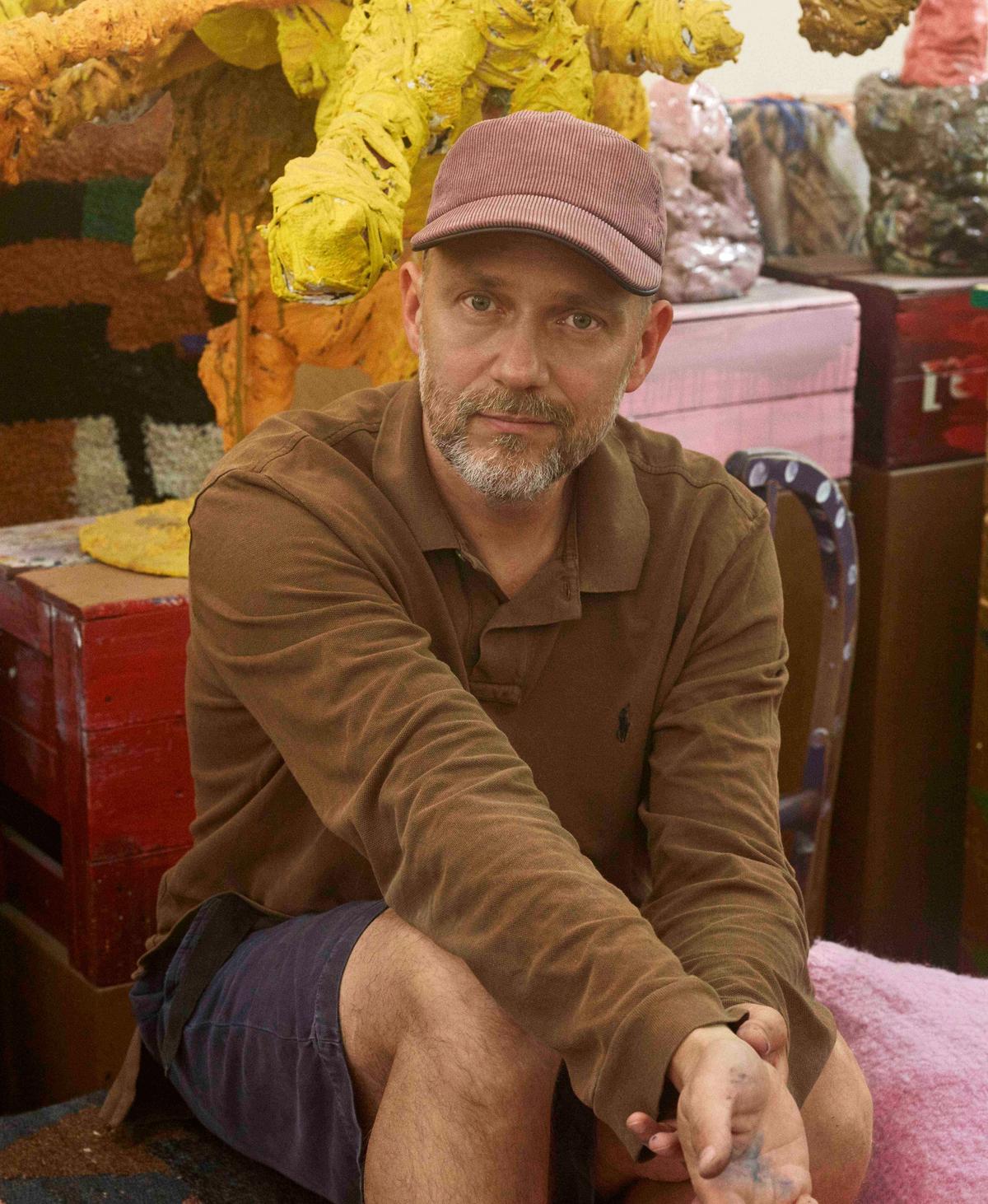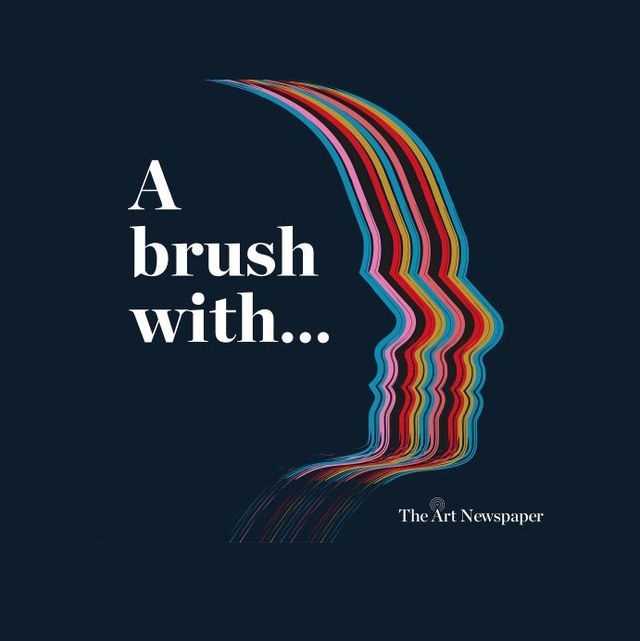This week, Ben Luke interviews the Danish artist Tal R about his influences and cultural experiences. In this in-depth conversation, the painter and sculptor discusses his early love of art and frustration with art school, the unlikely ritual that keeps his art fresh, and why pursuing mystery is perilous for an artist. He talks about the writers and music that he returns to, and discusses painters including Georges Rouault, Marsden Hartley and Alfred Wallis. Plus, he answers our usual questions, including which cultural experience changed the way he sees the world, what work of art he would most want to live with, and what he thinks art is for.
A brush with… series 2 runs from 2 December-3 February 2021 with episodes released on Wednesdays. You can download and subscribe to the podcast here.
This episode is sponsored by Bloomberg Connects.
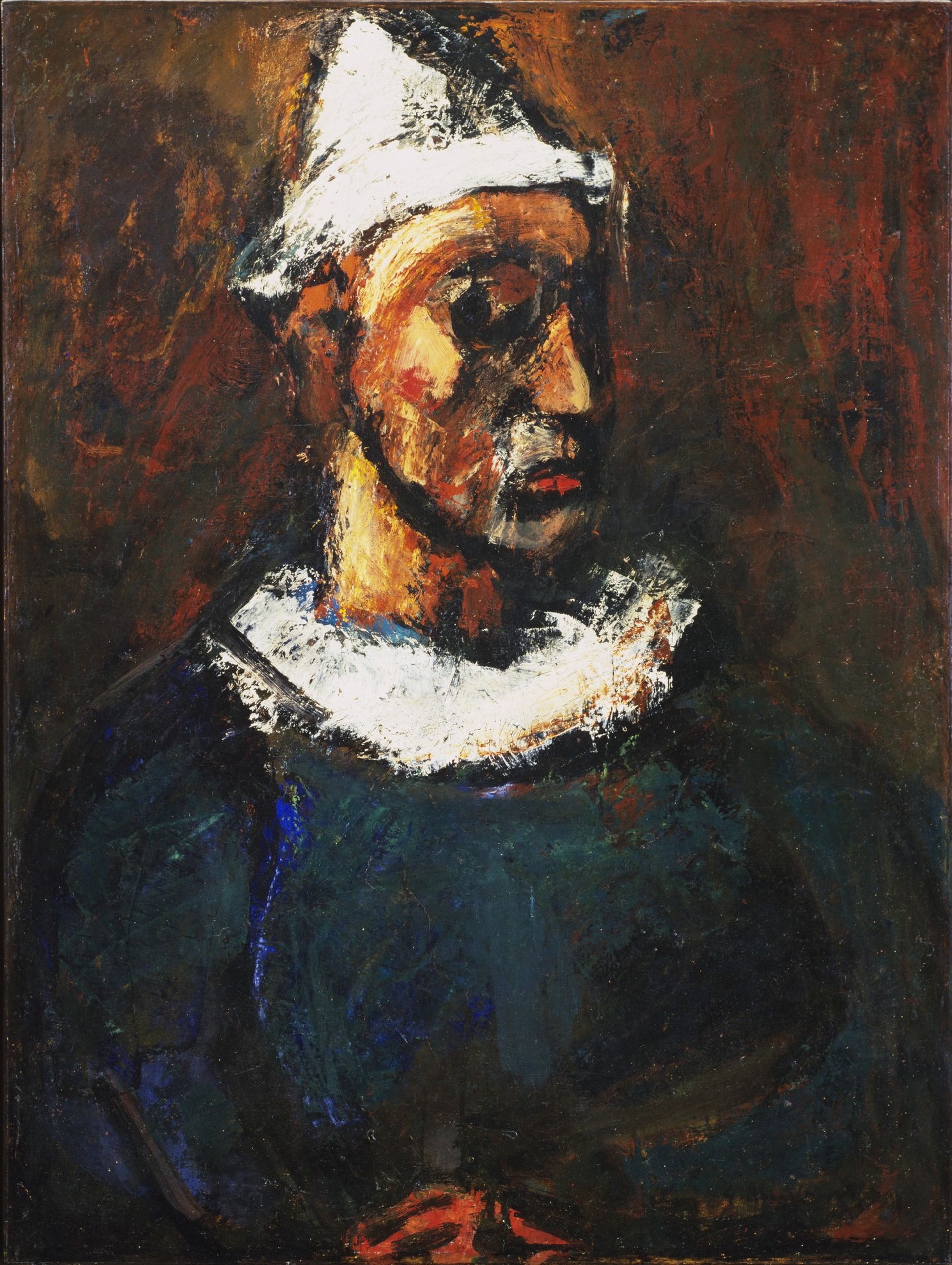
Georges Rouault, Clown (1912)
Tal R on... Georges Rouault
"I think what I've taken from Rouault is banalities—that you don't need to tell very complicated stories, it's how you bend it. [...] Say it with a clown, with a nun, with Jesus, or with a man who's hanging from his neck. [...] I think the older you get, the less fear you have of these basic things. When you are a young artist, you want to invent everything. And you want to tell your story through very complicated narratives. As you get older you accept—maybe it's just a man on skis."
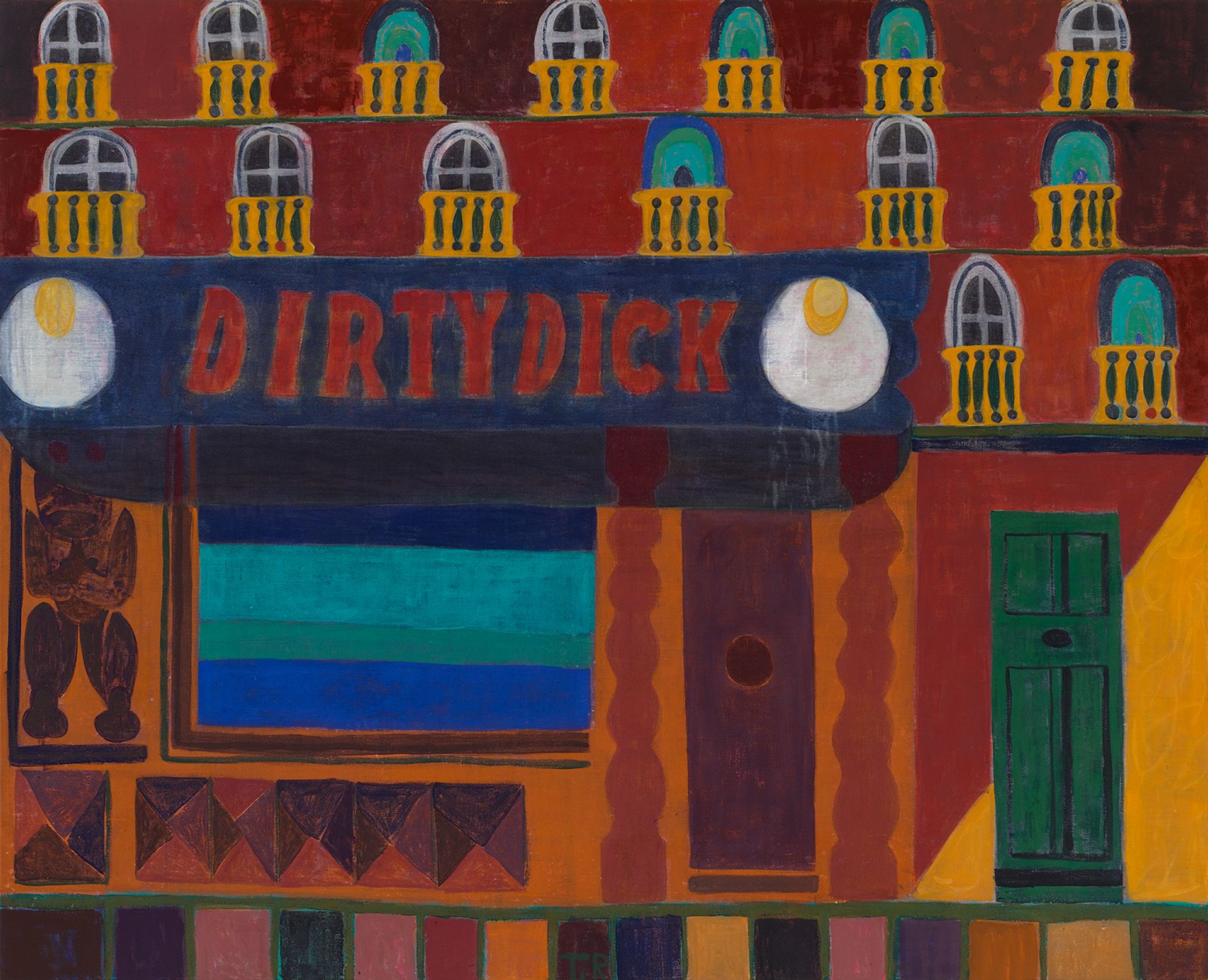
Tal R, Dirty Dick (2017) © Tal R. Courtesy the artist and Victoria Miro
... doing what it takes
"I'm not at all interested in the idea of learning outside of making a great painting. I'm not interested in the psychology, I'm not interested in being philosophical about it. I'm just interested in creating great new work. And whatever takes me there, I'll do it. Whether that means cutting off a hand, killing my dog, kissing my mom, I'll do it, if it creates another great painting or drawing or sculpture."
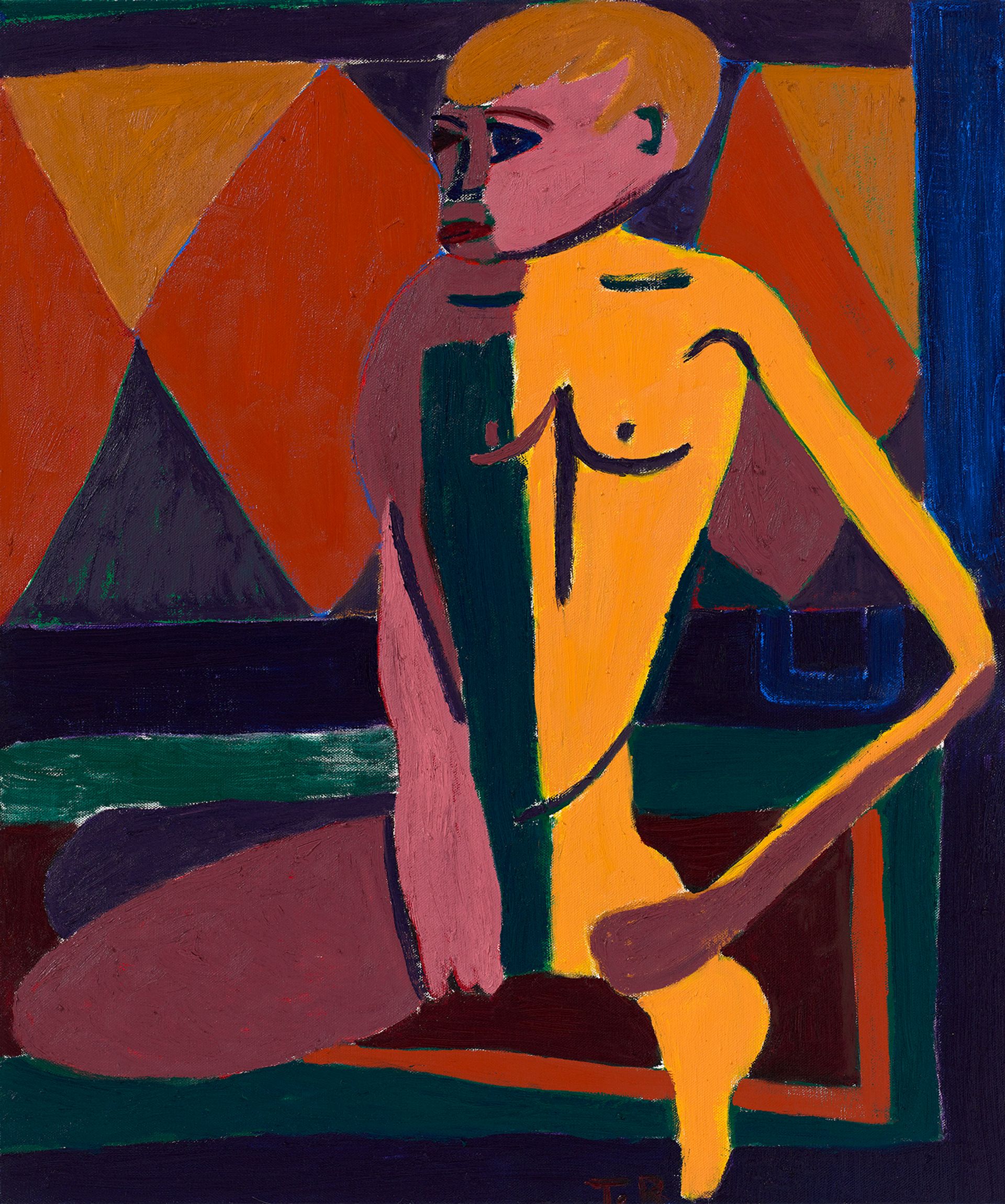
Tal R, Oli (2019) © Tal R. Courtesy the artist and Victoria Miro
...colour palettes
"I very often fake black, which means that I take different colours, such as dark blue, green, purple and I get them so dark that on a reproduction it looks like black. I often try to take black away as an outline in the drawing. I like the feeling of colours colliding with other colours. [...] But this is all the boring stuff. You will have painters talk about this a lot and it's nothing. [...] It's just crap. Colours and techniques are all crap. It only means something if it transports meaning between people. Otherwise it's nothing."
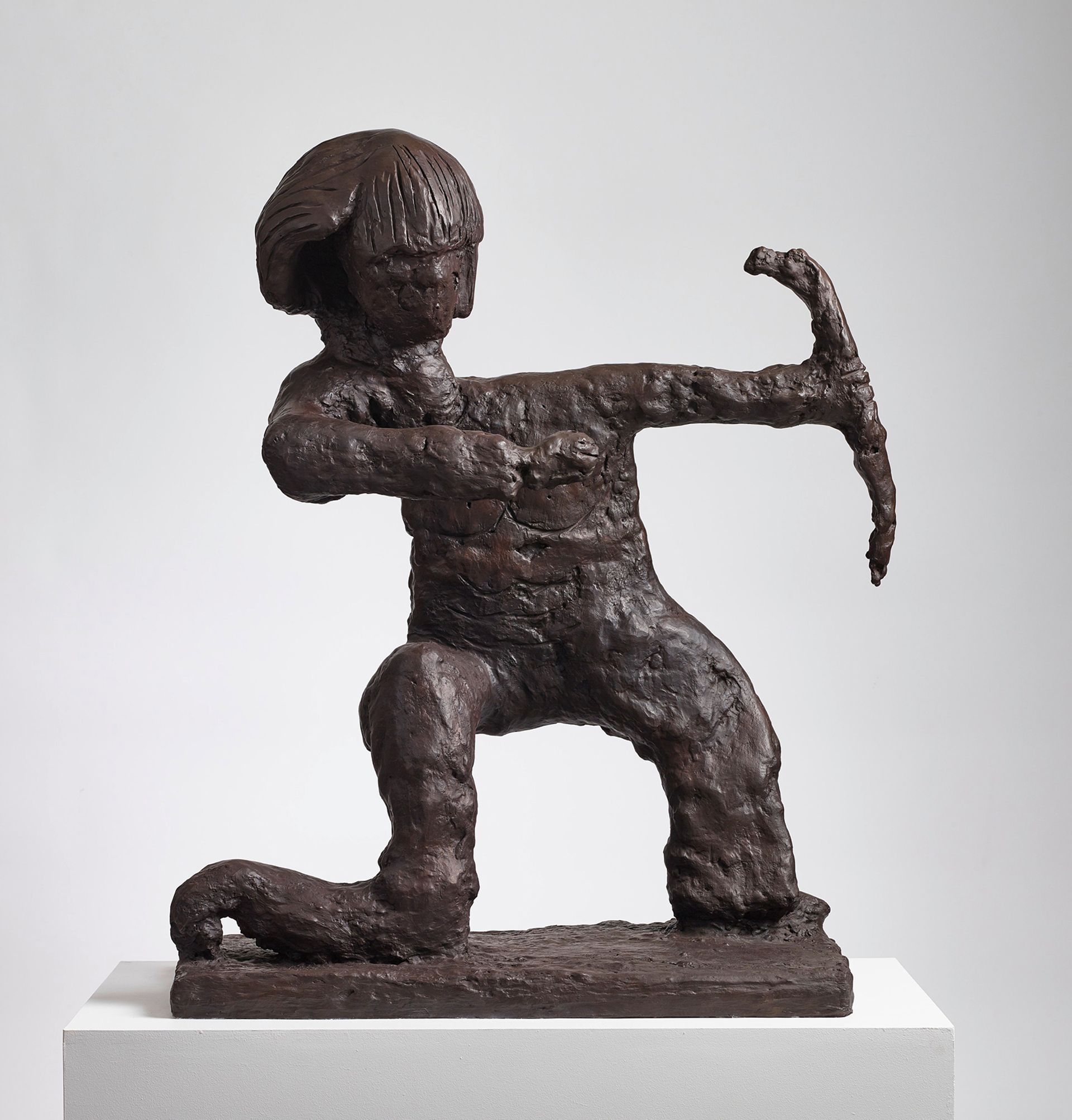
Tal R, Bow and Arrow, (2019) © Tal R
... his most formative life experience
"I don't think that rejection is good, but it's a reality for most of us. It took me three times before I was accepted into art school. And I didn't enjoy that. And I don't want that to happen to other people. But it made my teeth sharp. It made me into a kind of a beast. It has been productive for me ever since. I think if I would have been accepted as a 20 year old I would have been lost in there."
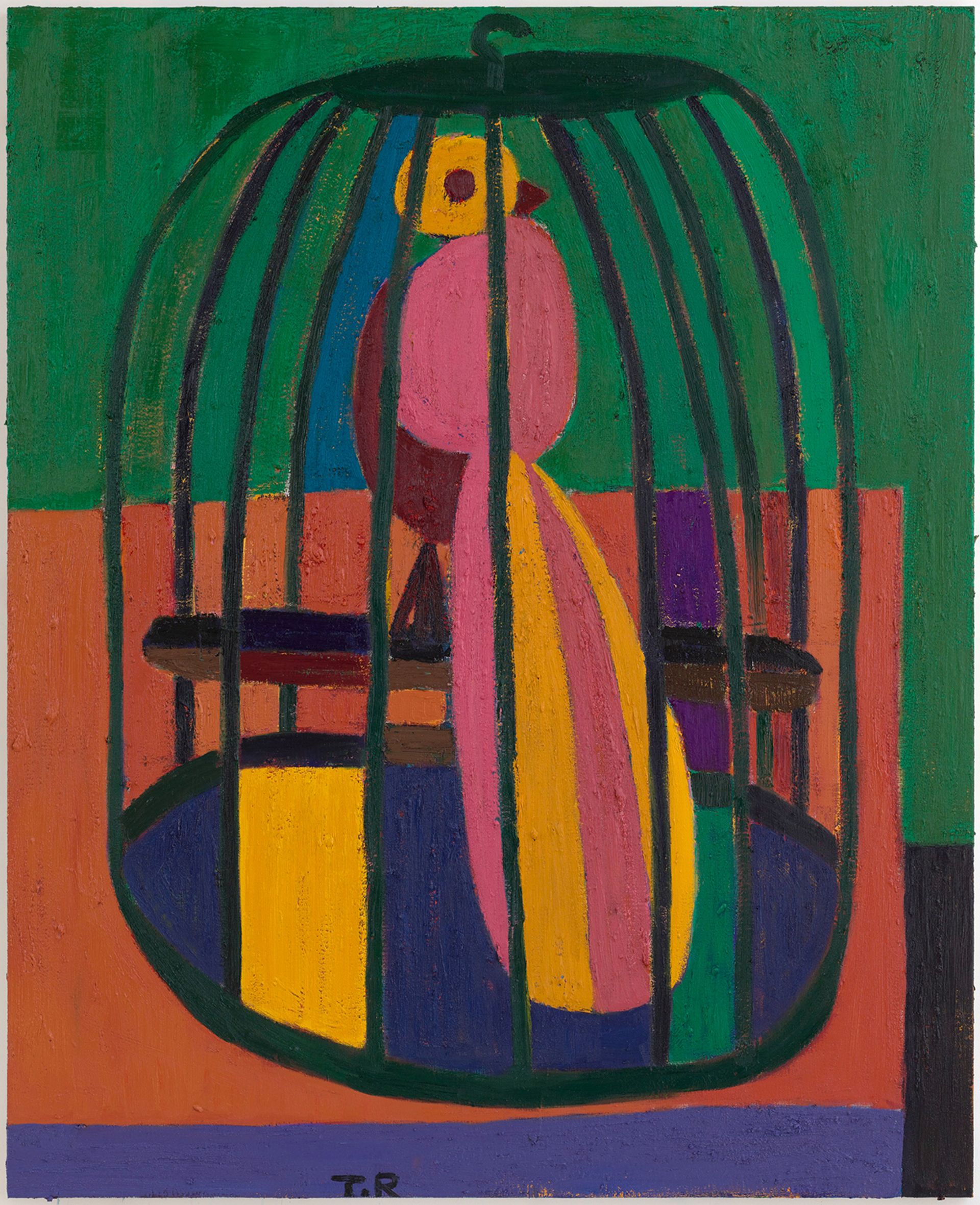
Tal R, Harlekim(2019 - 2020) © Tal R
... drawing like a child
"The moment I walked into art school, everything to do with art left me. It was very frustrating for many years. I really disliked drawing and painting. I didn't feel anything for art. But as a child, I grew up feeling a lot for drawing. Back then it was like a nameless practice. It was just what you would do in the afternoon. [...] You would just draw planes that bomb cities, or whatever scared you, or you were interested in. And then in my 20s, I start to think: 'If I'm going to be an artist, what should art be about?'. And I thought art should be whatever you need to do. As a child, you sit down, you put a piece of paper in front of you, and you draw what you need to draw. Similar to how when you go to bed at night you don't decide what you dream. You just do."
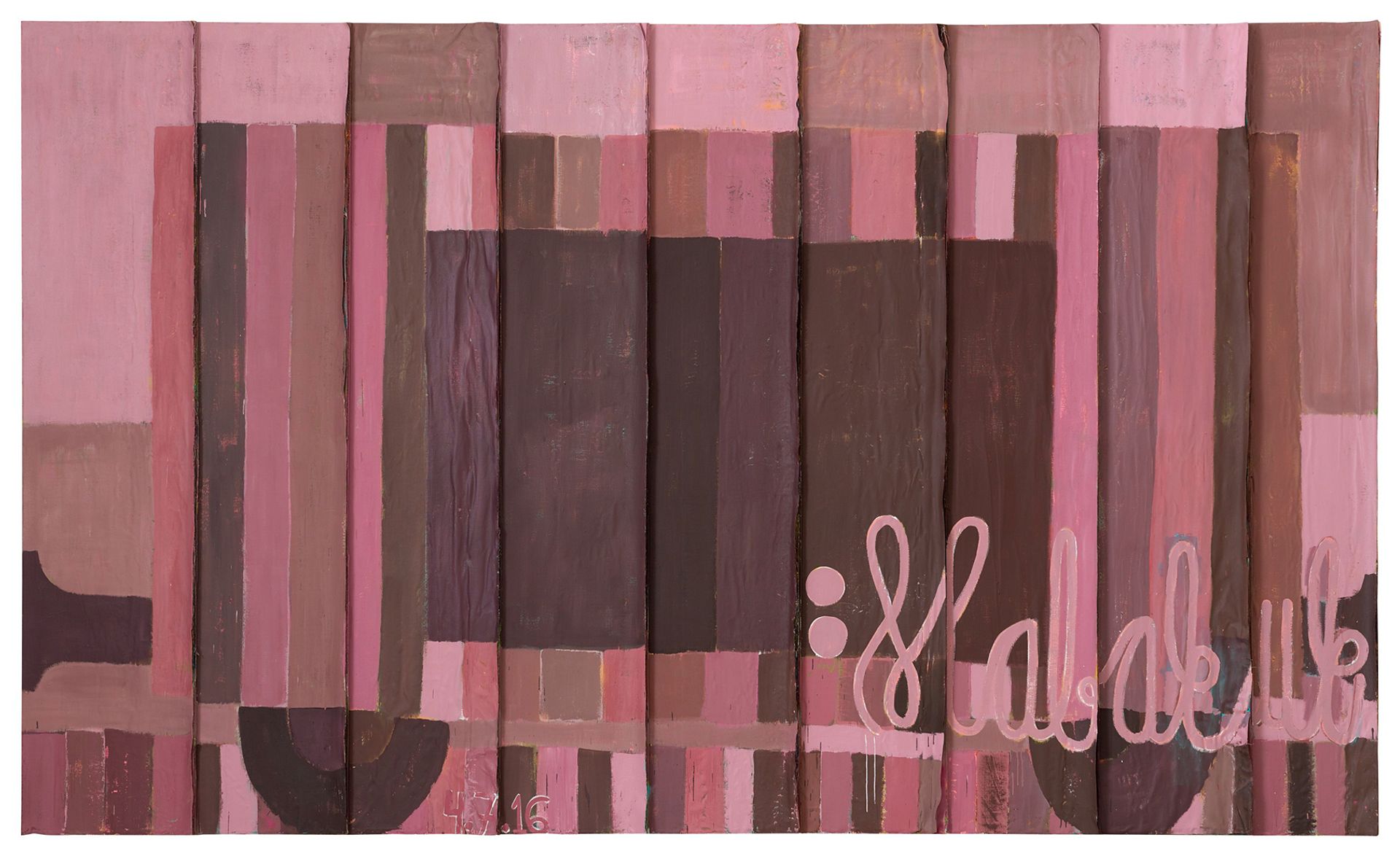
Tal R, Habakuk (2017) © Tal R
...googling the writer W. G. Sebald
"You don't need honesty from paintings and books. You need a good story. Once I mistakenly went on the internet and searched for Sebald and watched an interview where he speaks about his method. Never do that. I would do that with painters. I'm interested in listening to them explain how they [make art] because I don't take the same kind of pleasure from painting that I do from literature. With literature, I want to be fooled. Please fool me. Seduce me. I just want to stay out there enjoying it. I don't want to know anything about Sebald’s method. I just want to be frying on the pages."
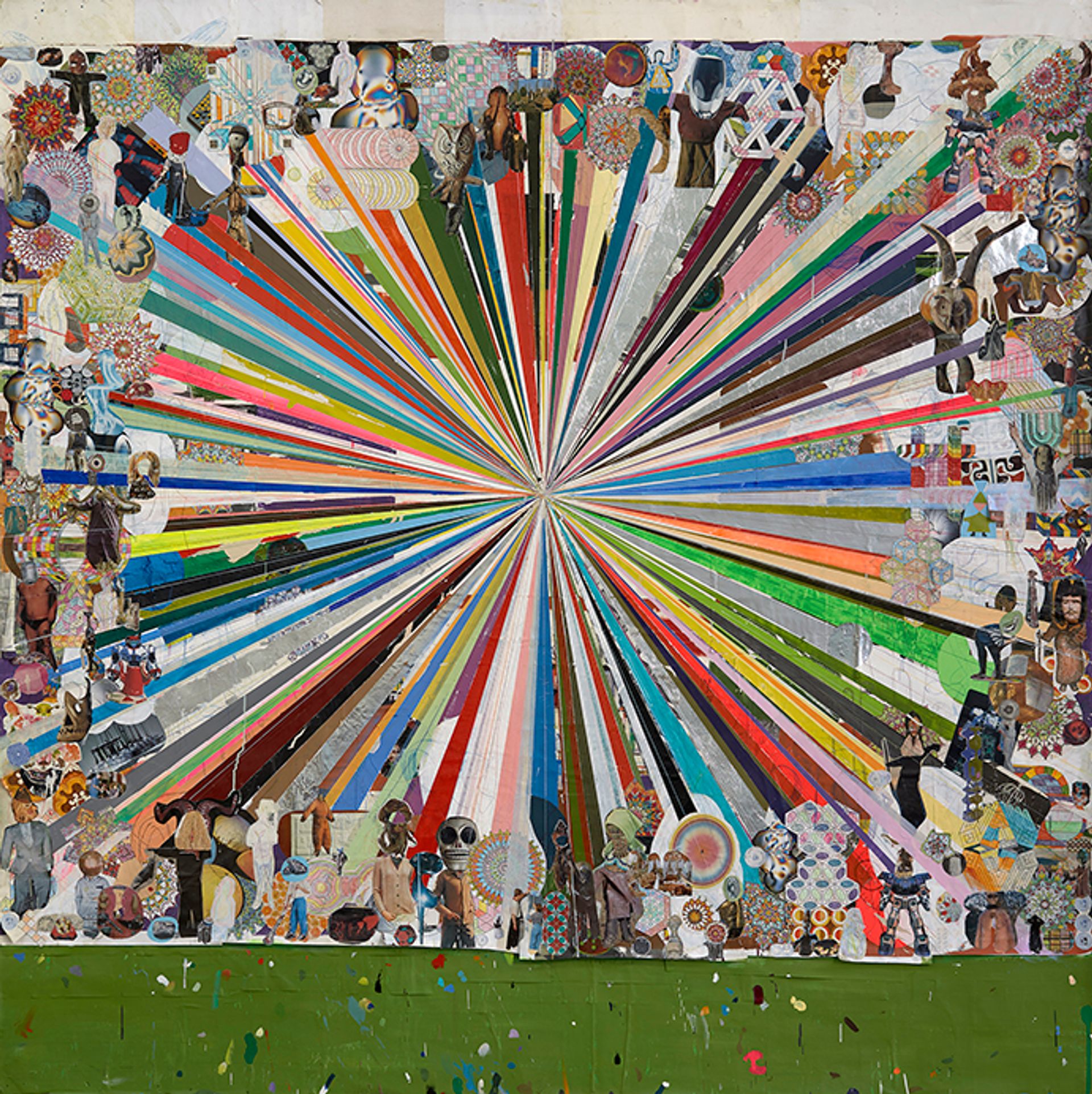
Tal R, Lords of Kolbojnik (2002-2003) © Tal R. Courtesy the artist and Victoria Miro
...his worst studio habit (and secret technique)
"Bad brushes. Dirty, bad brushes. That's the secret about my work, I never clean my brushes, they're always in the same oil. And that means if people think 'Tal has great colours', or if they think I have bad colours, it's because I haven't cleaned my brushes from yesterday."
• An exhibition of new painting by Tal R called Home Alone opens at Ordrupgaard in Copenhagen on 20 May.


